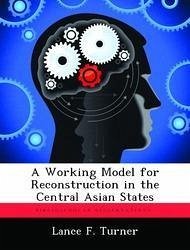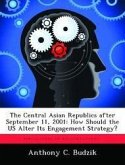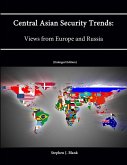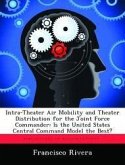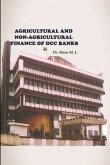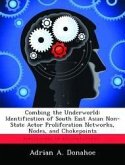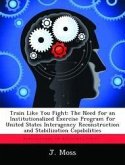The Central Asian States include five former Soviet republics, which have experienced varying degrees of stability since the fall of the USSR. U.S. interests require stability in the region. CENTCOM has quietly conducted Theater Security Cooperation efforts (which also support stability in Central Asian States) through the Humanitarian Assistance and Counter Narcotics (HA/CN) program. These operation are significant because failure could result in more ungoverned space, which terrorist groups use to plan and train. Many agencies and individuals have produced documents that record lessons and develop SSTR concepts. Three examples are, the 'Military Support to SSTR Joint Operating Concept,' 'Nine Principles of Reconstruction and Development,' by former Administrator of USAID Andrew S. Natsios, and, Guiding Principles for Stabilization and Reconstruction published by the U.S. Army Peace Keeping and Stability Operations Institute. Those concepts cover common themes which can be consolidated into a few key ideas. Those ideas are validated by experiences in the Vietnam War, Operation ENDURING FREEDOM, and recent CENTCOM operations in Kyrgyzstan. Leveraging those experiences and the principles defined by various subject matter experts, this paper proposes working model for SSTR operations in Central Asia. The model, the SSTR Coordination Group (SCG) model, connects with current CENTCOM practices and based on an example within Central Asia, seems to harmonize with the Department of State.
Hinweis: Dieser Artikel kann nur an eine deutsche Lieferadresse ausgeliefert werden.
Hinweis: Dieser Artikel kann nur an eine deutsche Lieferadresse ausgeliefert werden.

